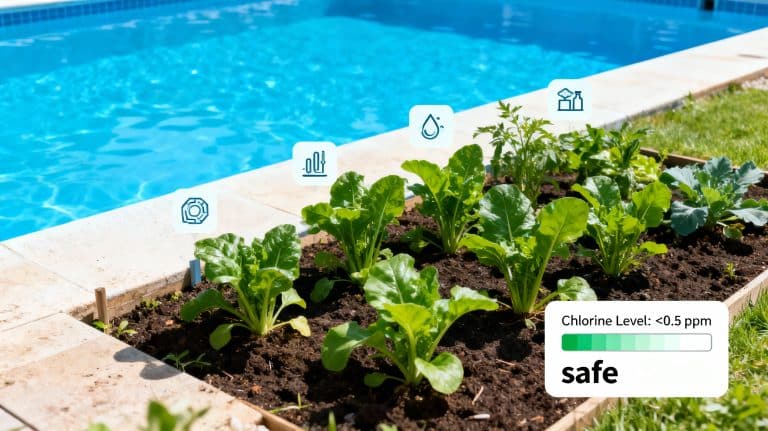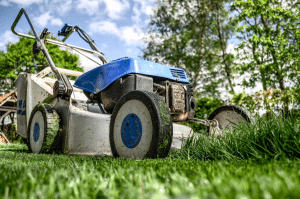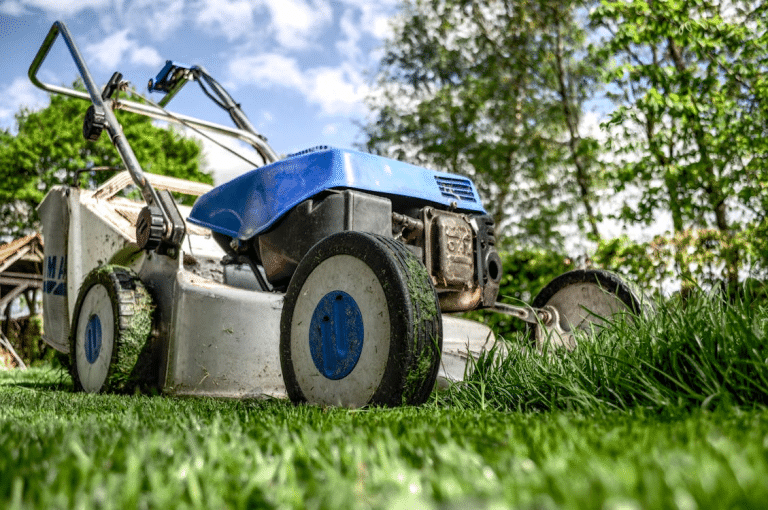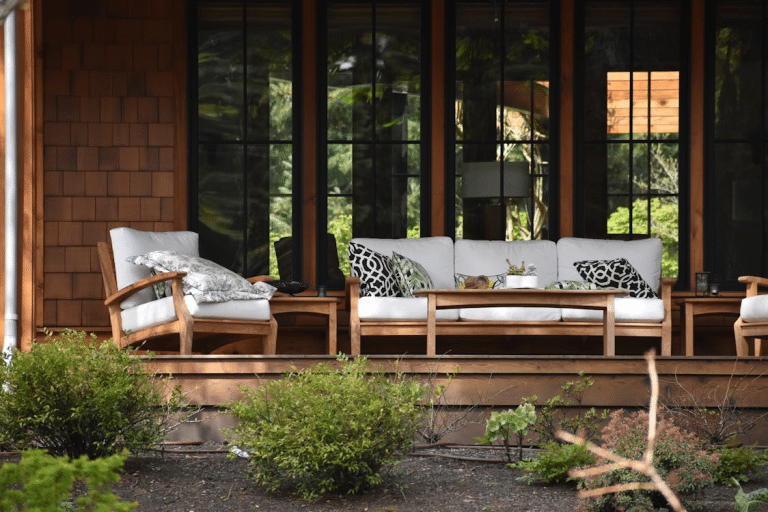In the garden, balance is possible you don’t have to choose between a healthy garden and wasting pool water. The question on your mind is simple: can you water plants with pool water without hurting them? Yes if you watch the chlorine.
Right now, grab your pool test kit and check free chlorine. If it’s at or under about 0.5 ppm, you’re good to use it. If it’s higher, a day or two of sunlight or a quick neutralizer will make it plant safe. And if you’re standing at dusk with that faint “pool” smell and thirsty tomatoes staring at you, you’re not alone.
Rule of Thumb: Use Pool Water at 0.5 ppm Free Chlorine
-
Safe to use: free chlorine at or under 0.5 ppm. That’s in the ballpark of normal tap water.
-
Gray zone: 0.5-2 ppm. Better to wait 24-48 hours or dilute 1:1 with fresh water.
-
Don’t use: above 2 ppm, or if you’ve shocked in the last 24-48 hours, or added algaecide (especially copper based).
If chlorine is high, turn off the chlorinator/feeder and let the pool circulate in sunlight. Test again tomorrow. What you should see: within a day or two, your test strip drops under 0.5 ppm and that strong pool smell fades.
Tonight: Test Free Chlorine, Then Neutralize Fast
-
Pull a bucket of pool water and test free chlorine with DPD strips or a digital tester.
-
Need to use it now? Neutralize the bucket and scale up. Stir in about 1 tablespoon of vitamin C (ascorbic acid) per 100 gallons you plan to use, or about 1 ounce of sodium thiosulfate per 1,000 gallons. Mix well.
-
Wait 15-30 minutes and retest. Good sign: your strip reads near zero free chlorine. Now you can water at the soil level.
Why the fuss over numbers? Most garden crops start showing stress at around 2 ppm free chlorine, while municipal water typically lives closer to 0.5-1.5 ppm. You’re aiming to match what plants already see from a hose.
Why Chlorine Hurts Leaves, and How Sunlight Helps
Chlorine’s job is to oxidize great for a sparkling pool, rough on plant cells. At higher concentrations, it burns leaf edges and disrupts photosynthesis.
The good news is chlorine is volatile and breaks down in sunlight, so a day or two outdoors brings levels down.
The curveball is salt: saltwater pools still make chlorine, and both sodium and chloride can build up in soil with repeated use, especially in arid regions or tight clay. That’s why one off or occasional use is fine, but routine irrigation needs a plan.
Beware: Saltwater Pools, Recent Pool Shocks, and Algaecides
Saltwater pools are not chlorine free. They generate chlorine on site, and the water carries extra salt.
It’s okay to use occasionally after dechlorination, but don’t make it routine near salt-sensitive plants such as blueberries and azaleas, or in poorly drained spots. If you’re unsure what to grow, here are some pool-friendly planter picks.
Post shock and algaecides are a hard no. Freshly shocked water can be many times higher than the garden safe range, and copper based algaecides can harm plants and soil life.
If you’ve recently shocked or treated algae, wait several days and test until chlorine is back under 0.5 ppm then proceed.
Make Pool Water Plant Safe Fast: Sun, Vitamin C, Thiosulfate
If you have time, let sunlight do the work. Turn off the chlorinator and give the water 24-48 hours in sun to drift down. For small volumes, spread water in shallow bins or a kiddie pool to speed things up more surface area, faster off gassing. Test before you irrigate. Smell isn’t reliable.
If you need water fast, vitamin C (ascorbic acid) is a garden friendly neutralizer. It knocks out chlorine quickly and leaves no harsh residue. Use about 1 tablespoon per 100 gallons, mix, wait 30 minutes, and test. This is a nice option for veggie beds and sensitive plants.
For big volumes, sodium thiosulfate is the standard dechlorinator. About 1 ounce per 1,000 gallons usually handles typical pool levels. Dissolve, distribute, circulate, and verify with a test 15 minutes later. It’s cheap and fast, and at these doses it’s gentle on soil.
Water Smart With Pool Water: Aim Soil, Time Right, Rotate
Aim for the soil, not the leaves. Chlorine (and salt) does more cosmetic damage on foliage than in the root zone, and soil biology buffers small amounts better than leaf tissue does.
Water in the morning or evening so plants aren’t heat stressed, skip seedlings and acid lovers, and rotate with fresh water so you’re not adding the same salts week after week. In humid climates, chlorine dissipates faster in full sun. In cooler or overcast stretches, give it more time.
And a quick legal note: many places require pool discharge to sanitary sewer or onto your own lawn not storm drains so check local rules before draining big volumes.
You’ll see you’re on the right track when plants keep their turgor on hot afternoons in full sun containers and new leaves unfurl normally over the next 5-7 days. If margins stay crisp or yellow spreads, switch back to fresh water and flush the bed.
If Leaves Burn From Chlorine or Salt: What to Do
Signs of Chlorine or Salt Stress to Spot
-
Leaf tip burn and yellow or brown edges, often on newest growth
-
Slowed growth within a couple of days after watering
-
On turf: footprints linger and blades look gray green before browning
How to Flush and Help Plants Recover
-
Flush the root zone with fresh water 2-3 times your usual irrigation letting it soak in between rounds. This dilutes residual chlorine and moves salts deeper.
-
Hold fertilizer for a week. Stressed roots don’t want extra salts.
-
Mulch and shade during the hottest hours to reduce transpiration while plants recover.
Progress looks like steady, healthy new growth within about a week. Old damaged tips won’t heal, but the plant should push clean leaves and normal color.
Summing Up
-
Is a single watering with slightly chlorinated pool water harmful? If free chlorine is at or below 0.5 ppm, it’s about like tap water generally fine.
-
Can I water edibles? Yes, once dechlorinated. Aim at the soil, not the leaves, especially for lettuces and herbs you eat raw.
-
Do I need to adjust pH? For occasional use, pool pH (about 7.2-7.8) is close enough. Don’t make a routine of high alkaline water on acid loving plants.
Whether you DIY or want a hand, we can test your pool water with calibrated meters, neutralize it safely (vitamin C or thiosulfate), and set up a simple irrigation plan that protects sensitive plants.
We typically check chlorine at multiple depths and can usually diagnose and dechlorinate the same week, so you can reuse water without second guessing.













